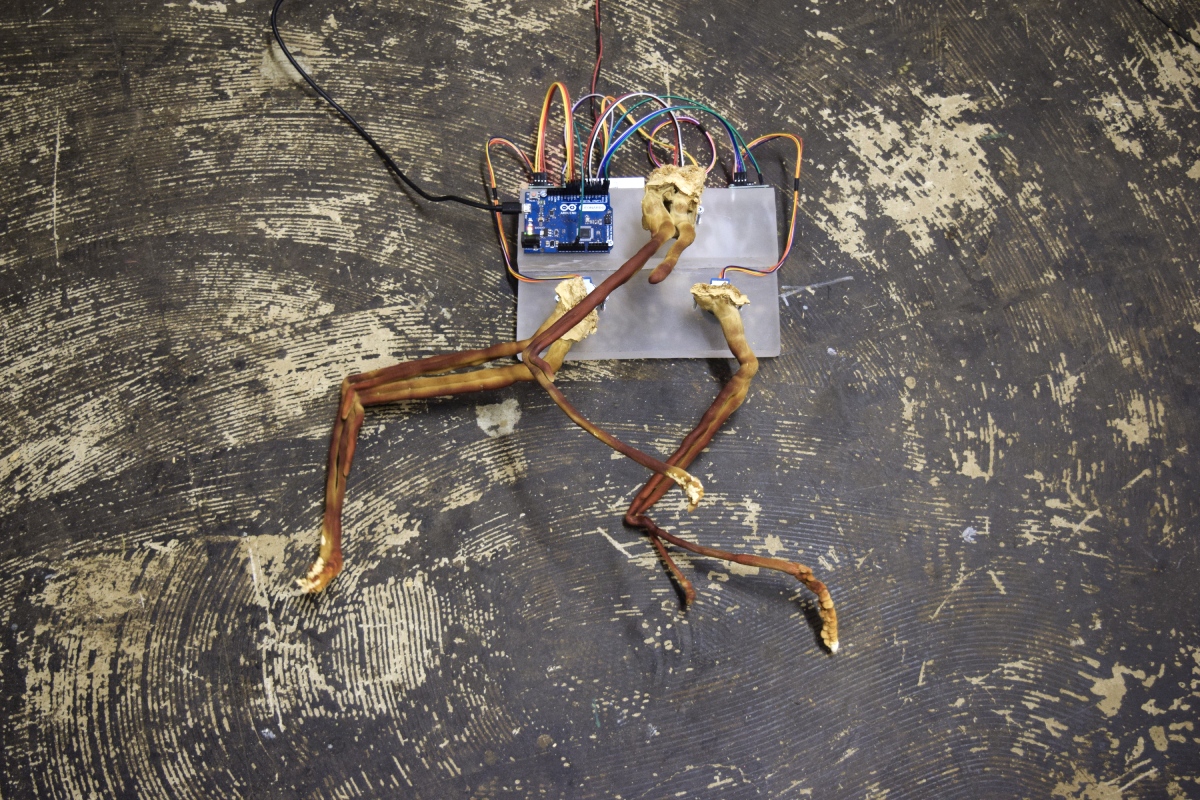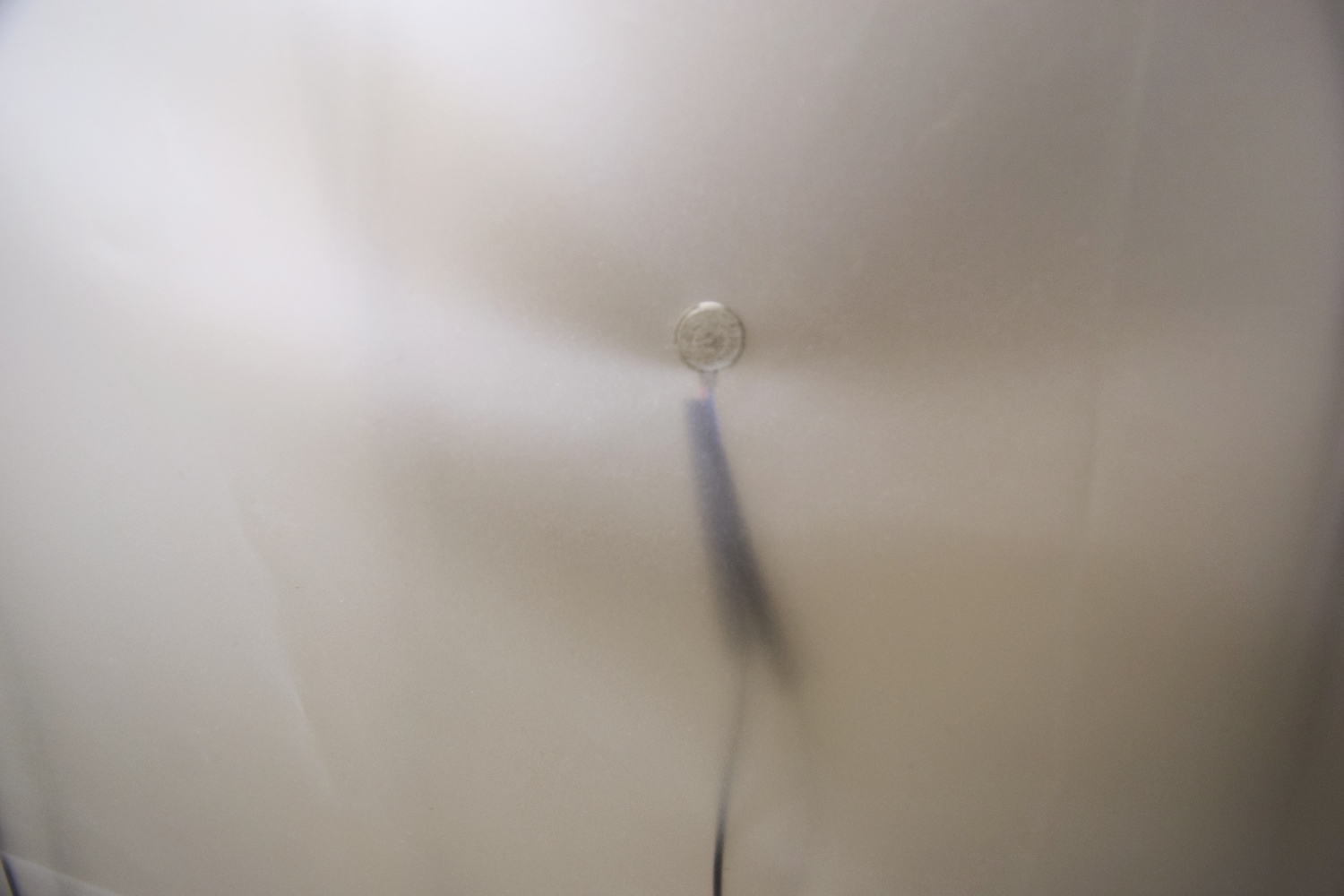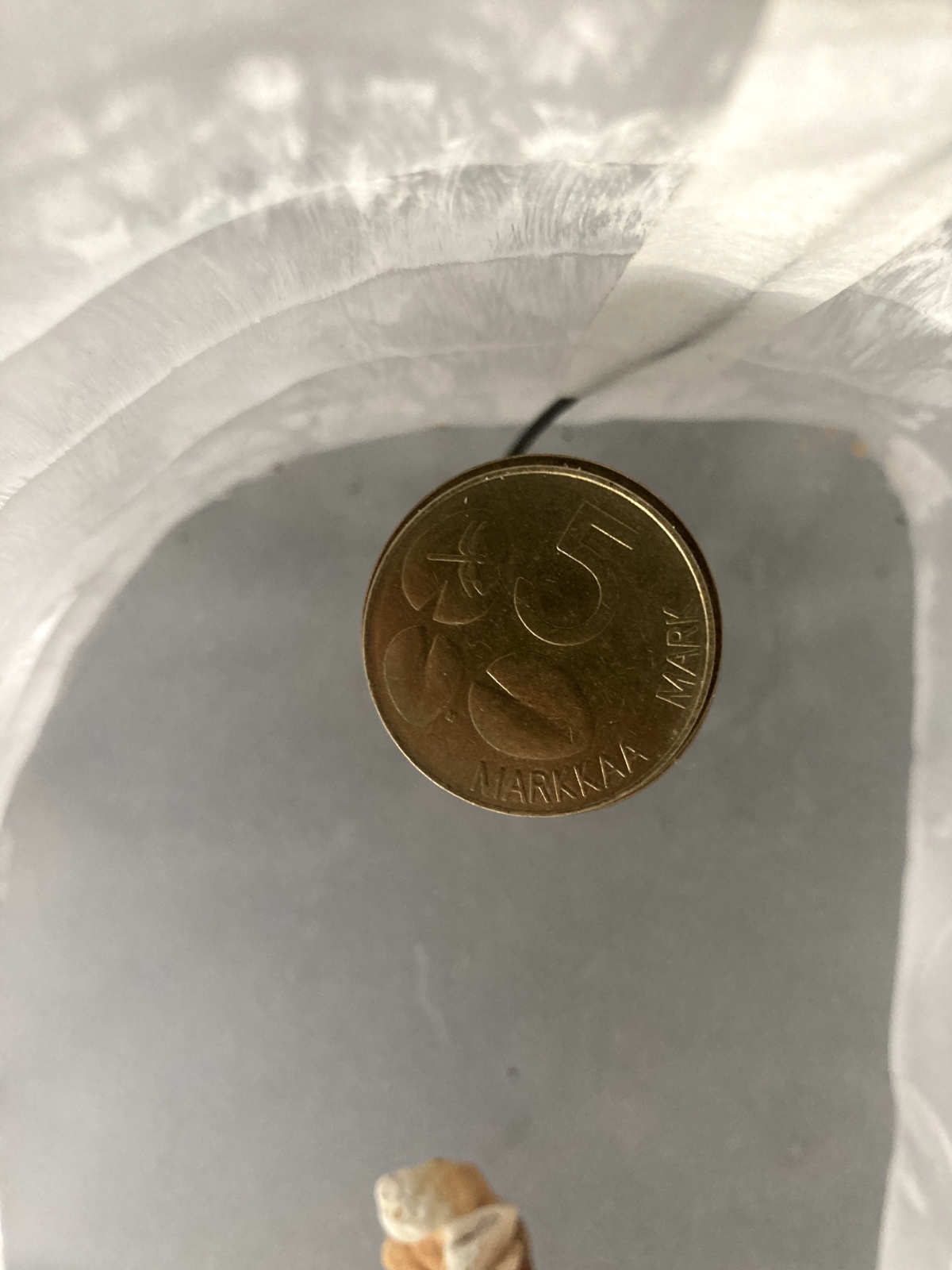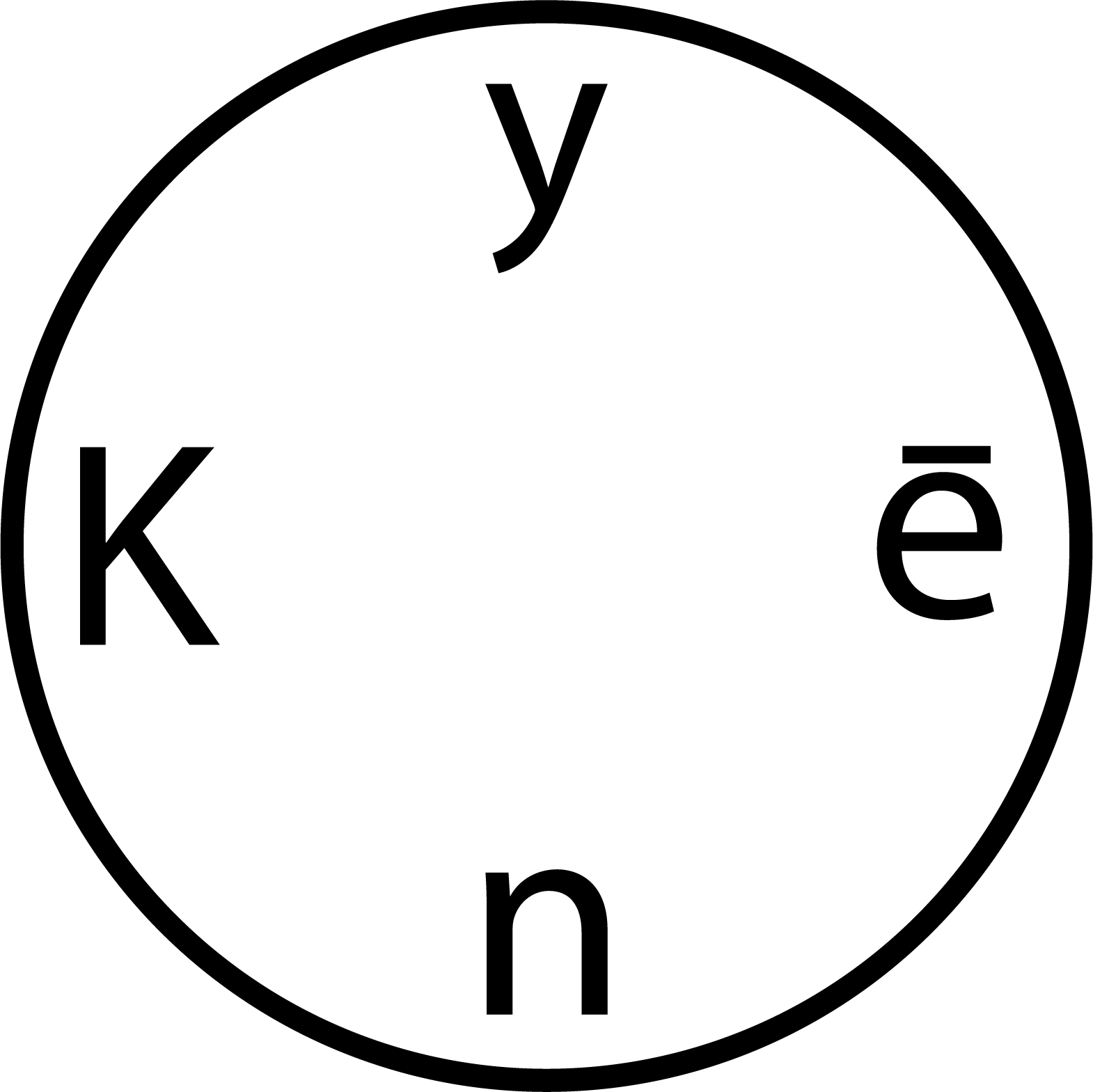Yese Astarloa
Yese Astarloa explores through materiality and assemblage ways to give form to what appears to be intangible and elusive. She establishes material relationships with digitality and creates imaginaries of the future where temporal layers overlap. She is interested in interstices, strangeness, and the hybridization of certain binaries linked to time, space, and fiction.
residency process
When Everything Works I’m Not There

An installation crafted with SCOBY, Chinese reishi mushrooms, Arduinos, wires, vibration motors, charcoal, structures, hooks, and metal threads forms a Hecriletf: an acronym in Spanish for a hybrid of space-body, pristine ruin, laboratory, future torture space. The piece presents itself as a living, hybrid assemblage that seeks to challenge the separation between dualities such as analog and digital, tangible and intangible. The installation explores aspects of Helsinki’s territory, serving as the starting point for an investigation into biomaterials and electronic devices.


A monstrous body, resulting from seemingly disconnected procedures and materials, emerges as a hybrid that invites us to reflect on the technological landscape we inhabit. When Everything Works I’m Not There questions the classic separation between the intangible digital and the tangible material. Here, code becomes visible through subtle movements that breathe life into organic and inorganic materials.
The installation proposes a relationship between fragmentation and wholeness: seen in isolation, a fragment lacks potential, yet it gains power when integrated into a whole. This assemblage enables each part to acquire meaning through multiplicity.
A thin SCOBY membrane, composed of multiple fragments, represents the 700 km² of Helsinki’s territory at a 1:15,000 scale. This fragmented space, supported by hooks and metal threads, resembles a taut skin, a living structure activated by 30 vibration motors and electronic devices that transmit a language of code and electricity. This language affects the material, transforming it into a hybrid of body-space. The code is further activated by those who enter the space, altering the movement of the pieces.
Hundreds of delicate mushrooms become legs that support an amorphous body that seems to breathe. The metal structure, along with the SCOBY and its sharp ends, creates confusion: are we facing a threat or a fragile creature protecting itself, like a cactus or a porcupine?
A prosthesis is generally considered a device designed to replace a missing part of the body or improve its function. In this ongoing installation, each element that makes up the piece becomes a kind of prosthesis, enabling the union between the parts.


The installation is composed of interconnected pieces in mutual affectation, sharing formal characteristics. The result is a fragmented whole.
When Everything Works I’m Not There draws inspiration from Jane Bennett’s proposal on "vibrant matter," suggesting that all materiality, far from being inert and passive, possesses its own agency. In this sense, materials affect and are affected by each other. In the installation, materials are not mere passive objects; each element, whether digital or analog, affects and is affected by the others. Here, digitality is not just a tool but becomes a material itself, interacting with the physical world.
The boundary between analog and digital dissolves, suggesting that digitality, far from being immaterial and separate, is part of an active assemblage that conditions our way of being, thinking, and feeling within the technological landscape we inhabit. This work proposes a hybrid exchange where digitality, like any other physical material, influences and is influenced in a continuous process of transformation, blurring its boundaries.




